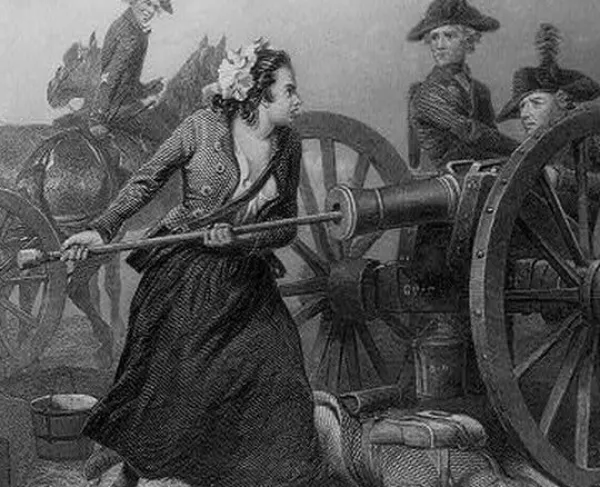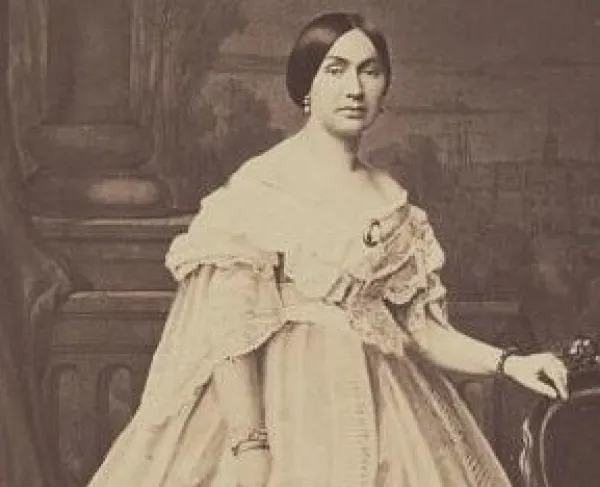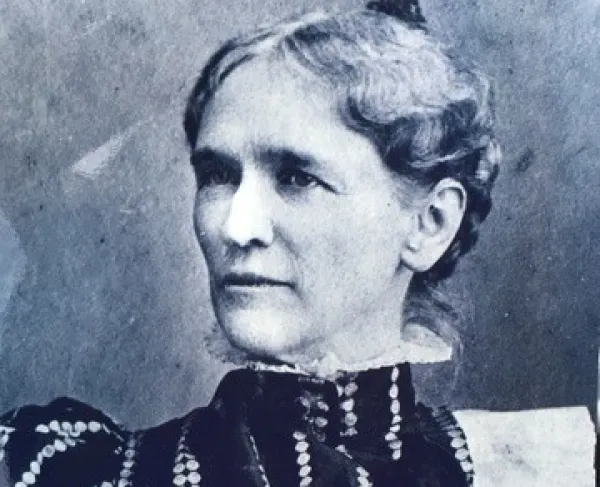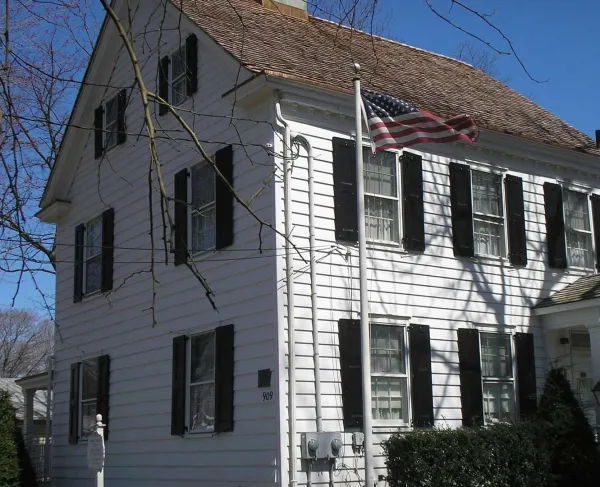Molly Pitcher

To write a biography of Molly Pitcher’s life is a difficult task, partially because the woman is ultimately more legend than fact. In fact, the Molly we know may not have been a single woman, but rather a composite character of multiple figures who fought in the war. As potentially thousands of women aided the Continental Army throughout the fighting, whether as camp followers, field nurses, or those who disguised themselves as men to enlist, it is impossible to know just who served as the main inspiration for the legend. There is some evidence, however, that one woman, Mary Ludwig Hays, matches the most famous Pitcher tale closely enough to fit the bill.
Mary Ludwig was born in either Pennsylvania or New Jersey in 1754 to a family of modest means. She was therefore likely uneducated, as spending money to educate a boy over a girl was seen as a more useful investment. In her early twenties, she married a barber named William Hays, who soon enlisted in the 4th Pennsylvania Artillery and served in the Continental Army. Like other soldiers’ wives, Mary followed her husband on campaign, typically performing mundane tasks like washing clothes and sheets. This may have been where the name “Molly Pitcher” originated, as “Molly” was a common nickname for women named Mary, and “Pitcher” referred to the buckets of water the women would carry for cleaning. But when William was wounded at the Battle of Monmouth, Mary made the fateful decision to take his place on the artillery piece, watching her husband drill enough in Valley Forge to understand the basics. Soldier and diarist Joseph Plumb Martin attested to her valor, writing how “a cannon shot from the enemy passed directly between her legs without doing any other damage than carrying away all the lower part of her petticoat. Looking at it with apparent unconcern, she observed that it was lucky it did not pass a little higher, for in that case it might have carried away something else, and continued her occupation." After the battle, George Washington himself supposedly asked about the brave woman working with the artillery crew, and promoted her to a non-commissioned officer. Mary would not serve directly in battle again, but enjoyed her new nickname of “Sergeant” Molly, and used it for the rest of her life.
William died after the war in 1786, and though he left Mary a good deal of land, her second husband, John McCauley, misspent her inheritance and impoverished the family, only to disappear sometime after 1807. Mary spent the rest of her days in Carlisle, Pennsylvania as a poor, gruff, but well-liked member of the community. In 1822, Pennsylvania finally awarded her a veteran’s pension of $40 per year. She died in 1832 and was interred in the Carlisle Old Graveyard, where a cannon and a statue of “Molly Pitcher” stands above her burial site.





